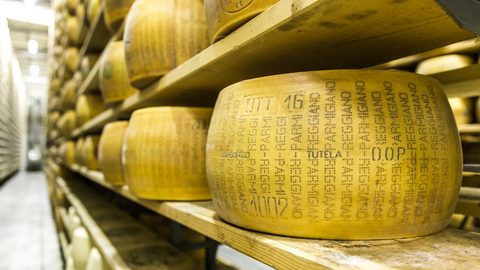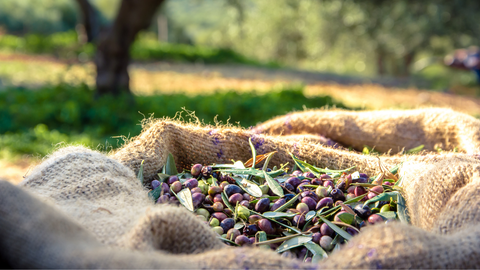Italy wears the crown when it comes to the number of agri-food products boasting designations of origin and geographical indications recognized by the European Union. With a staggering 838 products, Italy stands out as a paradise for discerning gourmands.
These designations – DOP, IGP, and STG – serve a noble purpose. They act as guardians, protecting the high standards of Italian agri-food products. They ensure age-old production methods are preserved and empower consumers with clear information about what makes these products so special. Strict adherence to production guidelines guarantees this wealth of knowledge reaches your plate.
Demystifying the Acronyms
DOP – Denominazione di Origine Protetta (Protected Designation of Origin)
DOP identifies a product originating from a specific place, region, or, in exceptional cases, a particular country. The quality or characteristics of the product are essentially or exclusively due to a particular geographical environment and its intrinsic natural and human factors. All production phases take place within the defined geographical area. From the renowned cheeses like Grana Padano, Parmigiano Reggiano, and Pecorino Romano to the exquisite Aceto Balsamico tradizionale di Modena balsamic vinegar, 578 DOP products currently grace Italian tables (170 agri-food and 408 wines).

IGP – Indicazione Geografica Protetta (Protected Geographical Indication)
Similar to DOP, IGP products also hail from a specific place, region, or country. While at least one production phase must occur within this defined area, a given quality, reputation, or other characteristic can be attributed to its origin. IGP products have generally less restrictive requirements regarding the origin of raw materials.
For instance, IGP products may use raw materials from a wider range of sources (national, EU, or even extra-EU) if the recipes and key production processes remain true to the place of production. This flexibility caters to situations where local production might not meet global demand or when specific foreign ingredients enhance the final product's sensory profile. With 257 recognized IGP products (139 agri-food and 118 wines), Italy boasts a diverse range, including Bresaola della Valtellina cold cuts, Burrata di Andria cheese, Cantucci Toscani biscotti, and various regional olive oils (such as Olio di Campania, Olio di Calabria, Olio di Puglia).

STG – Specialità Tradizionale Garantita (Guaranteed Traditional Specialty)
STG-recognized products follow specific traditional production methods and recipes. Traditionally used ingredients make these products specialties, regardless of the production area. Unlike DOP and IGP, STG certification focuses on traditional methods and ingredients, not geographical origin. Currently, there are 3 recognized Specialità Tradizionali Garantite: Mozzarella, Neapolitan Pizza, and Traditional Amatriciana.

The Power of Protected Designations
This system of Denominations serves a greater purpose. It bolsters production across Italian regions, rewarding producers who craft a dazzling array of high-quality products. This, in turn, has a positive ripple effect on the rural economy.
A Collaborative Effort for Recognition and Protection
The road to recognition doesn't happen overnight. It's a collaborative effort involving a network of entities, including the Ministry of Agriculture, local and European administrations, and the entire production chain. Producer committees initiate the process, with proposals reaching the Ministry for analysis before potentially being presented to the European Commission for final approval. Control Bodies and Protection Consortia play a crucial role in overseeing the life cycle and development of these Denominations. This teamwork ensures the enduring quality and value associated with DOP, IGP, and STG products.
So, next time you reach for an Italian product, take a moment to look for the DOP, IGP, or STG designation. It's a mark of excellence, a testament to tradition, and a delicious way to connect with Italy's rich culinary heritage.



